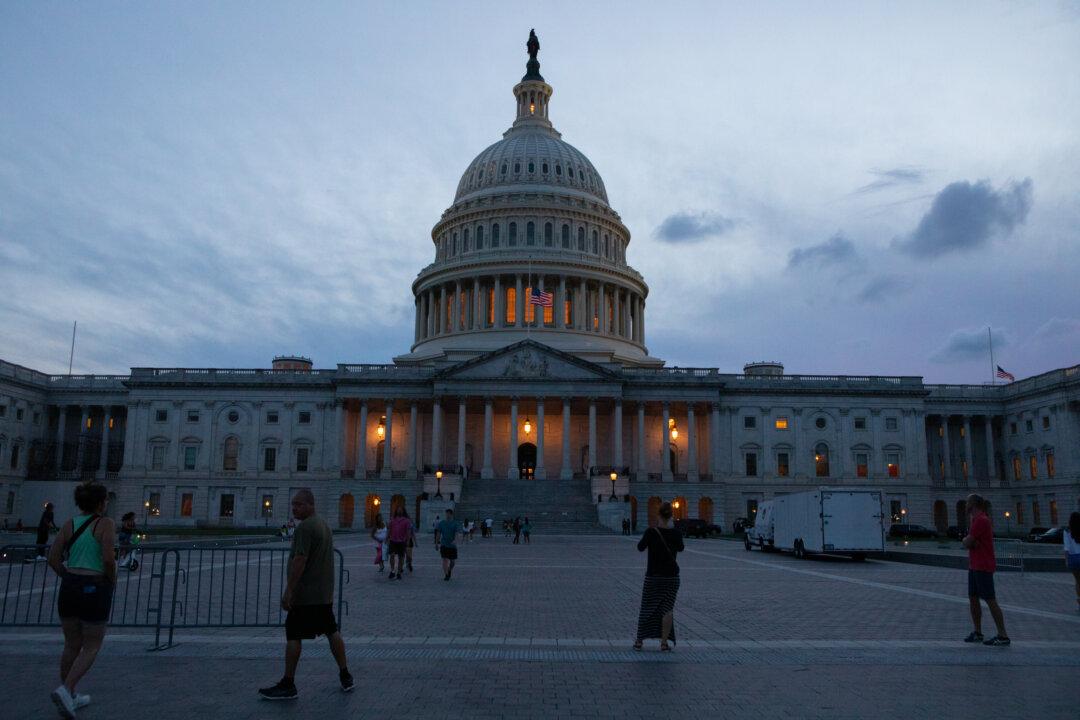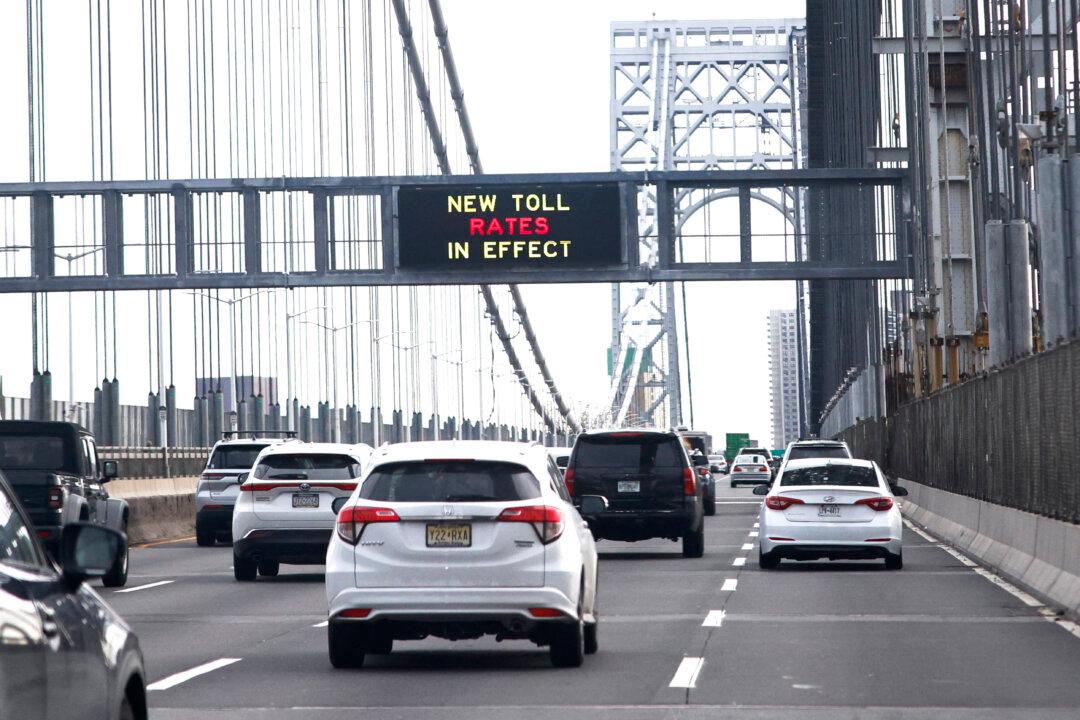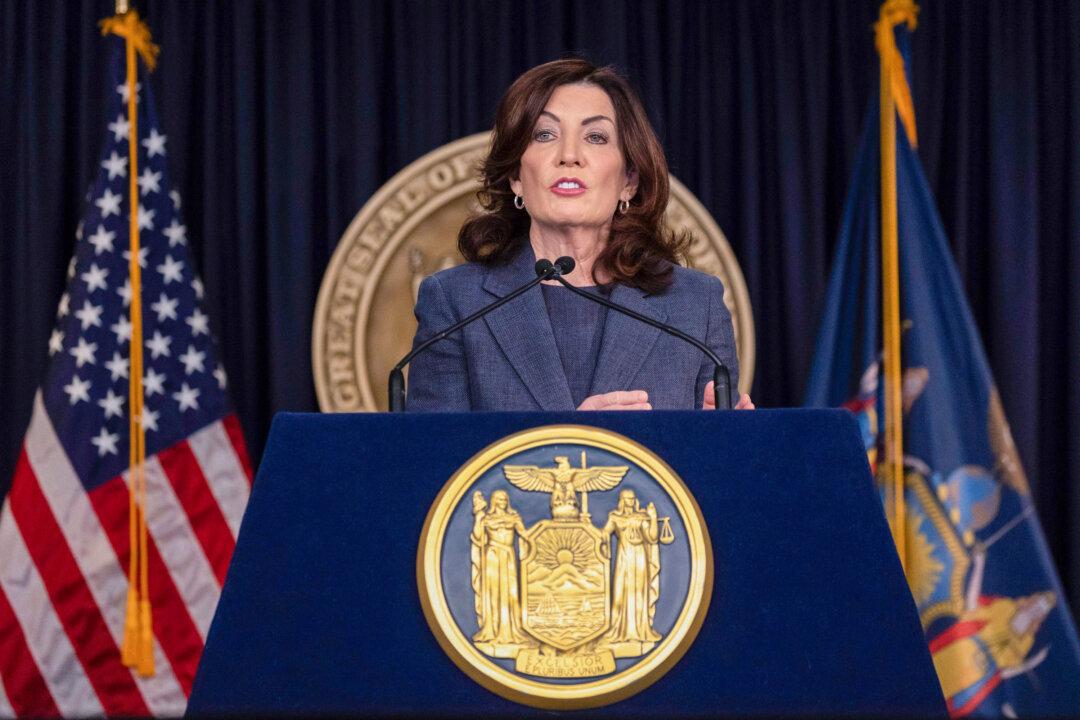News Analysis
Amid a continuing rise in inflation, excessive federal spending, and growing public alarm about the state of the economy, the Nov. 8 midterm elections may represent one of the last opportunities to attain a legislative majority that’s willing and able to reverse the catastrophic fiscal policies pushing the country toward an implosion similar to the debt crisis that befell Greece in 2009, according to one economic expert.





